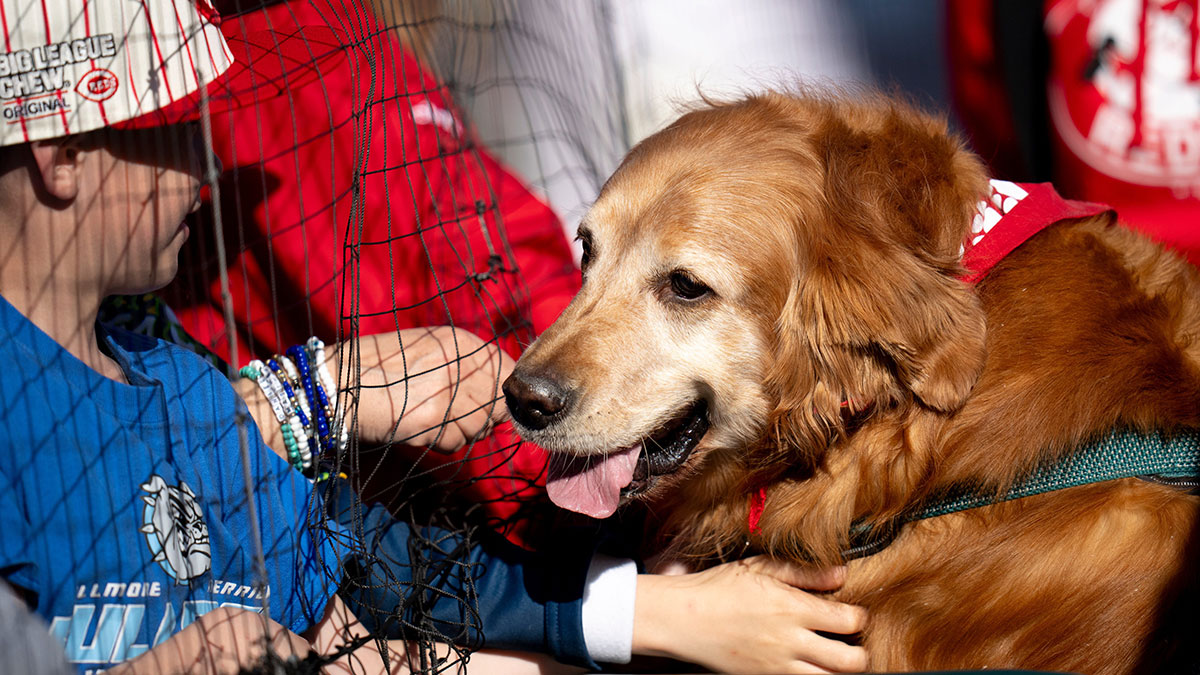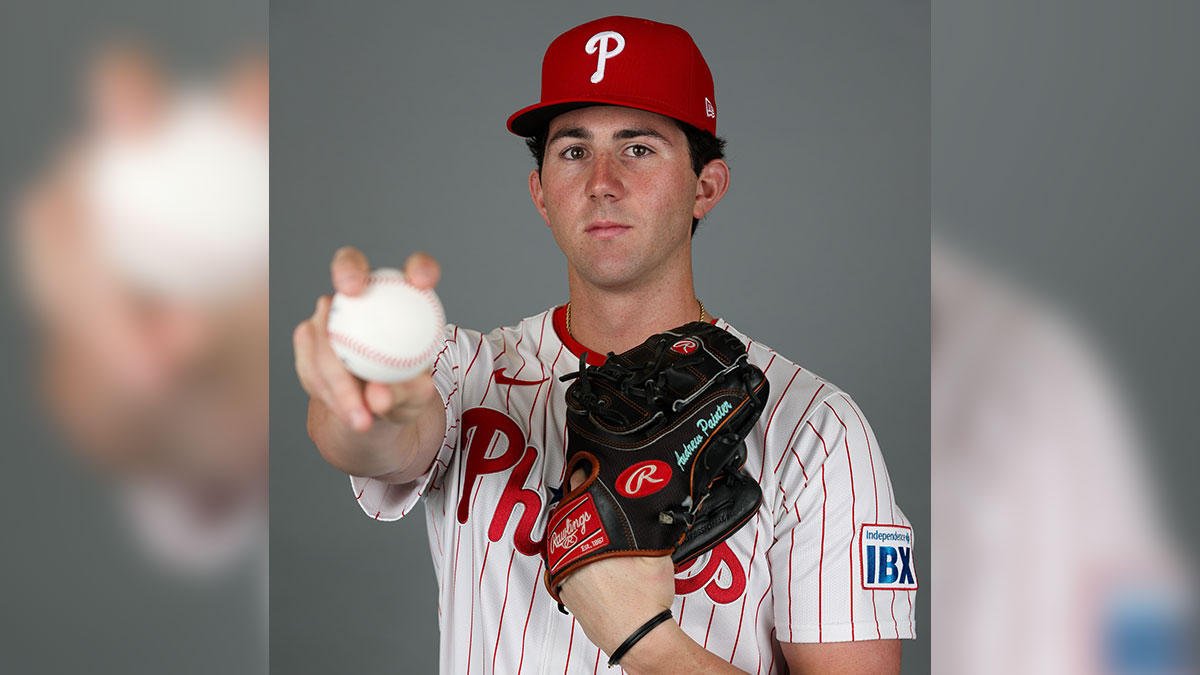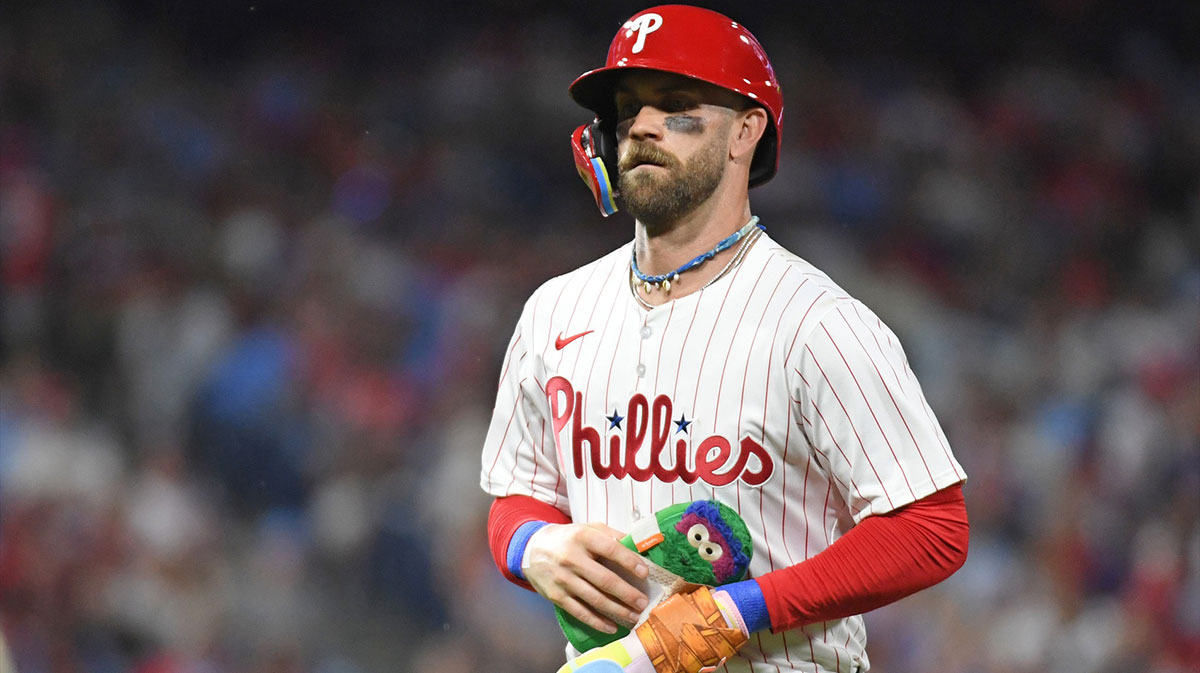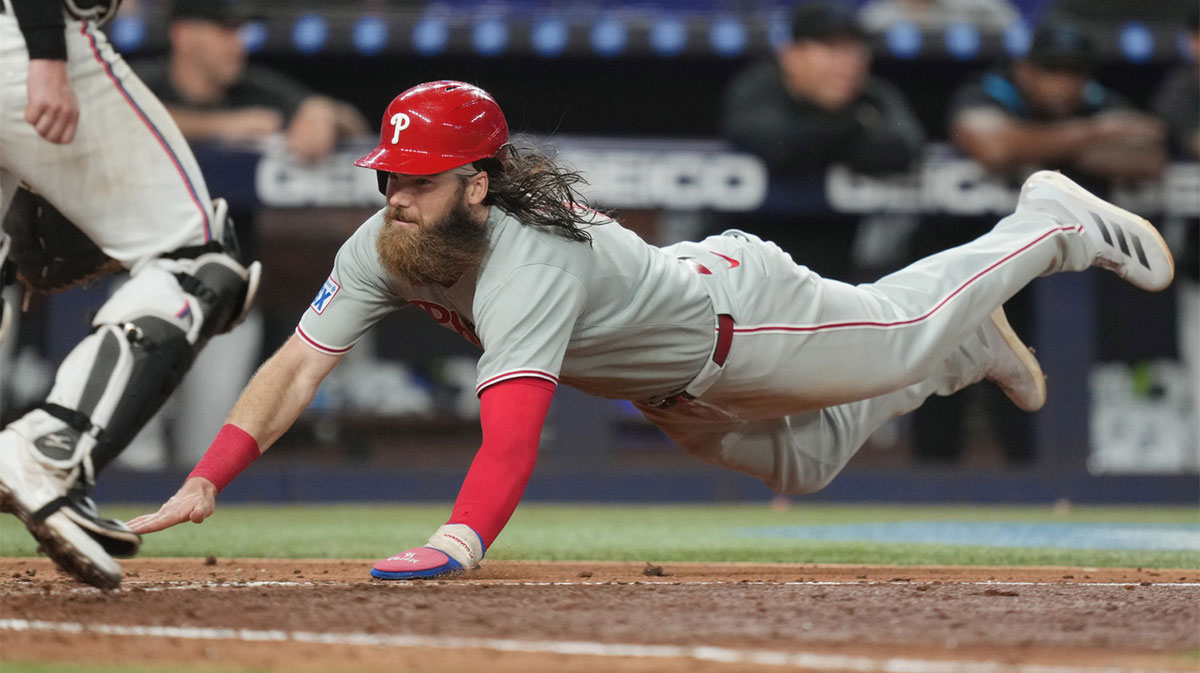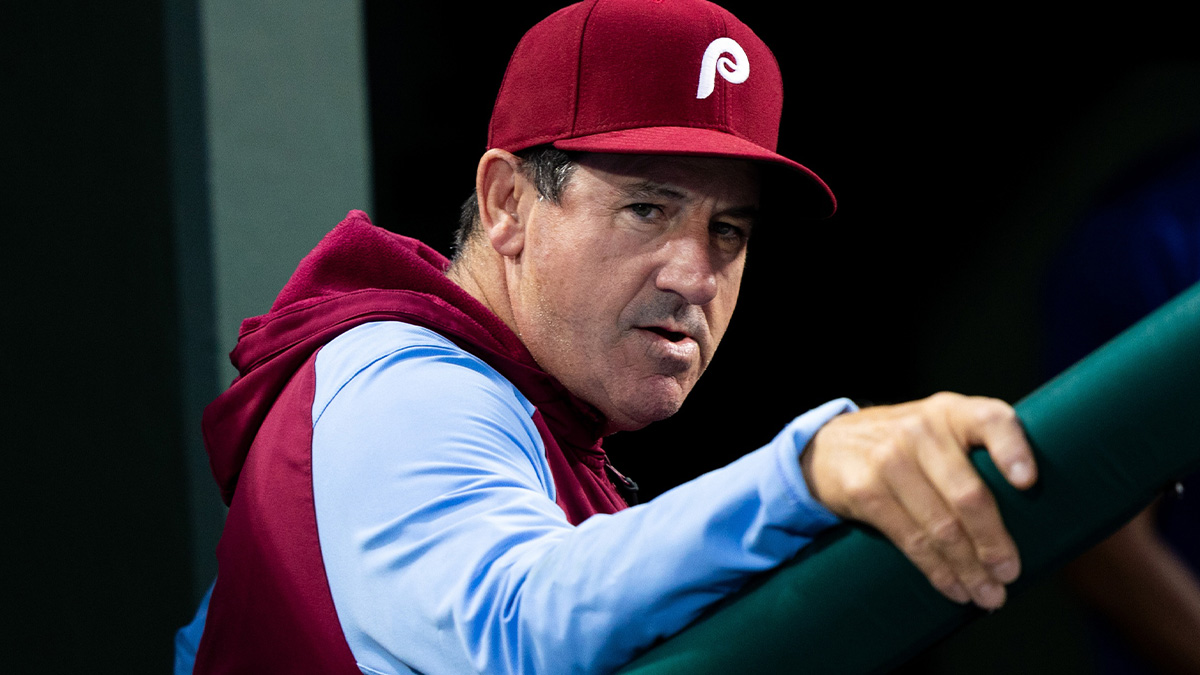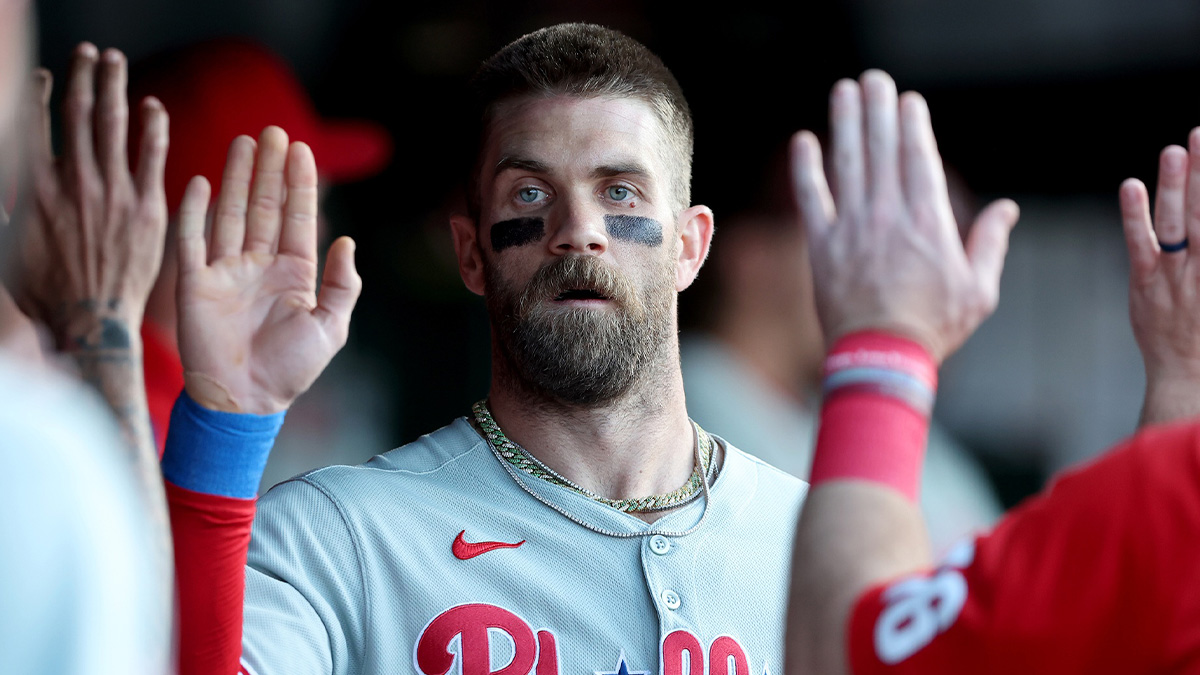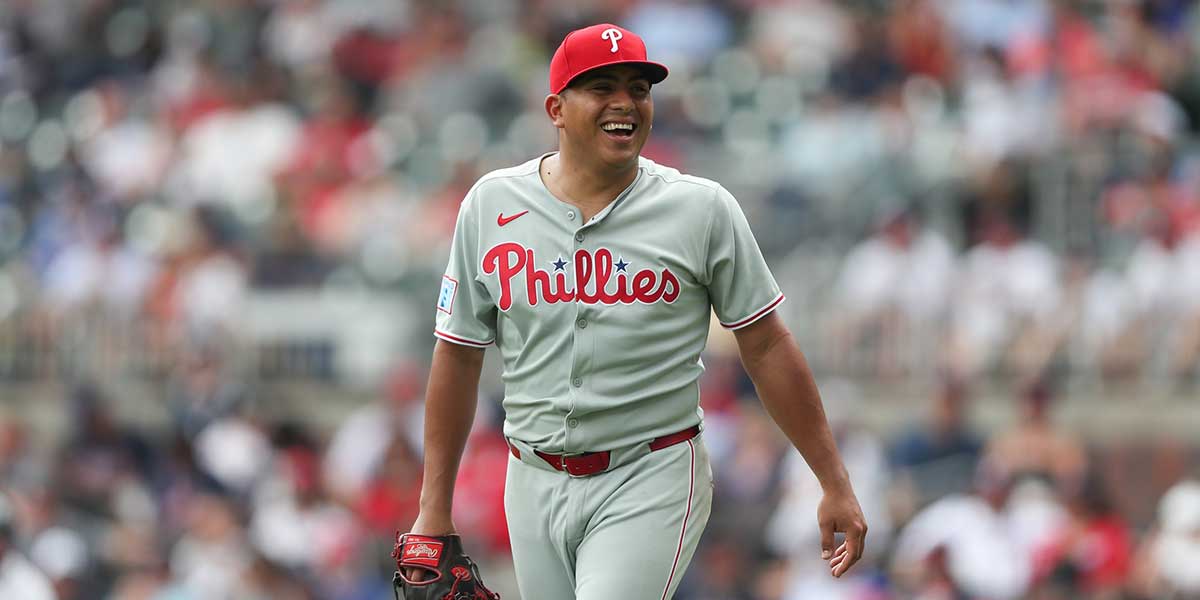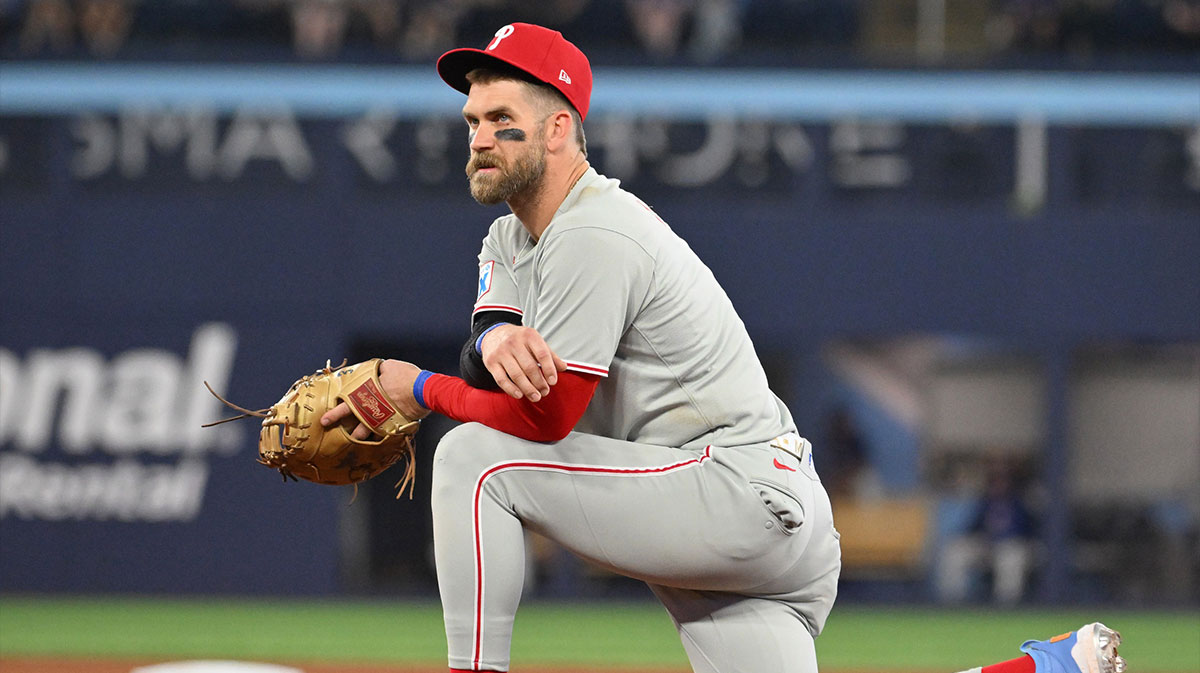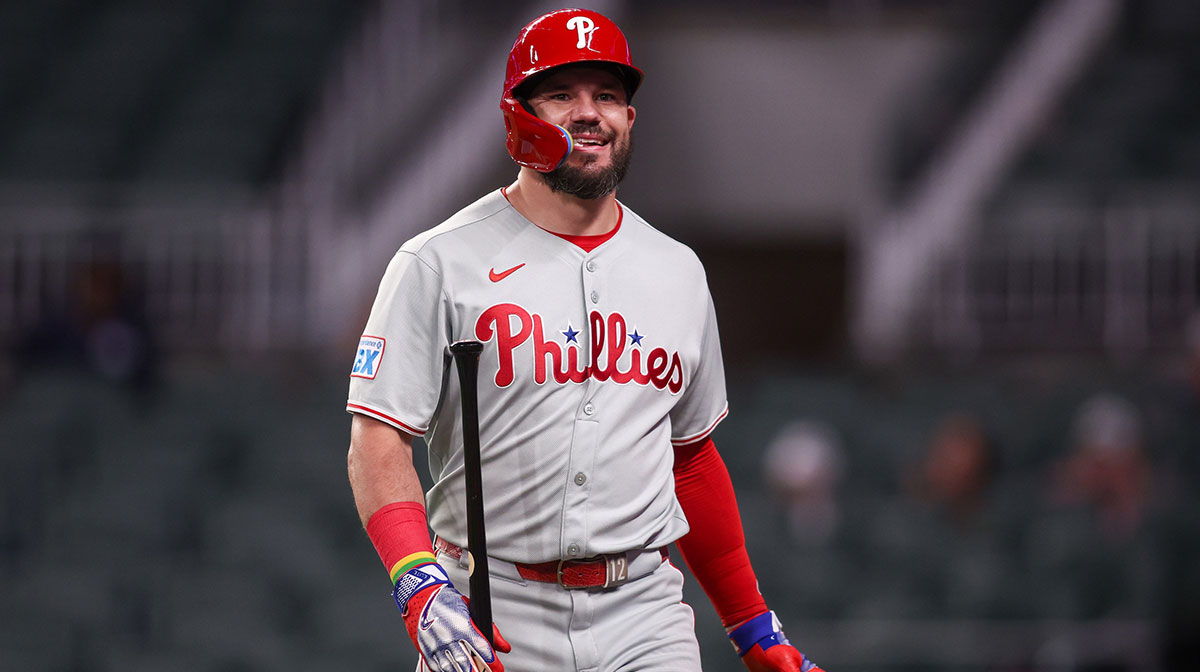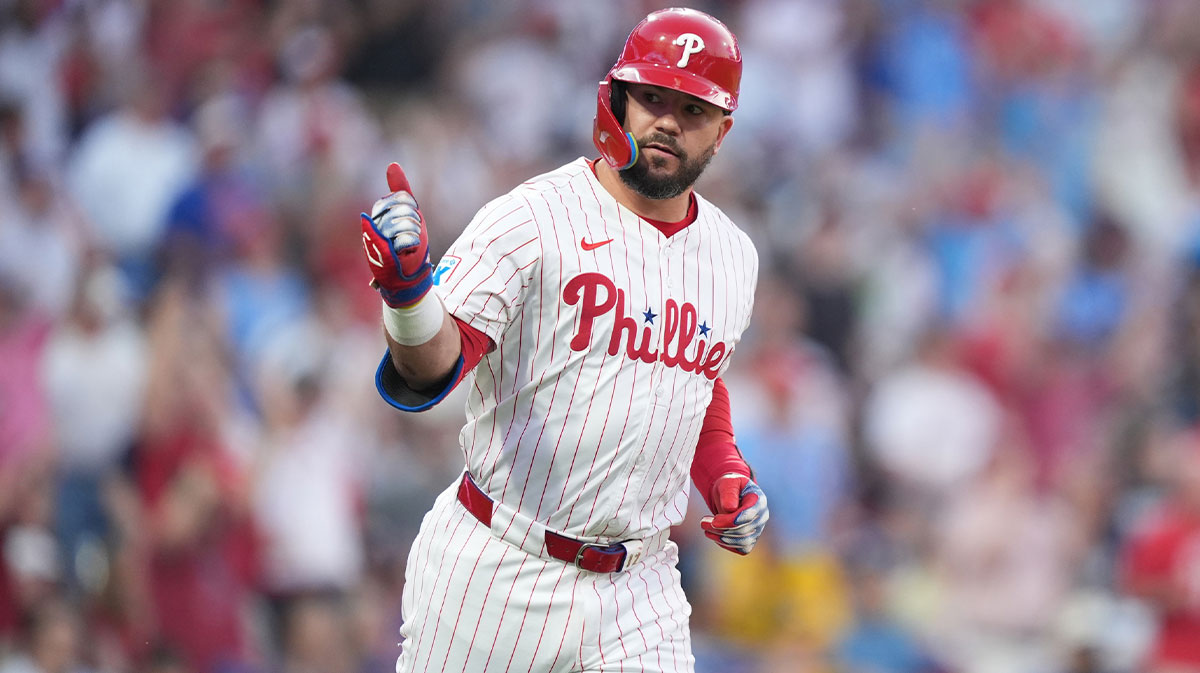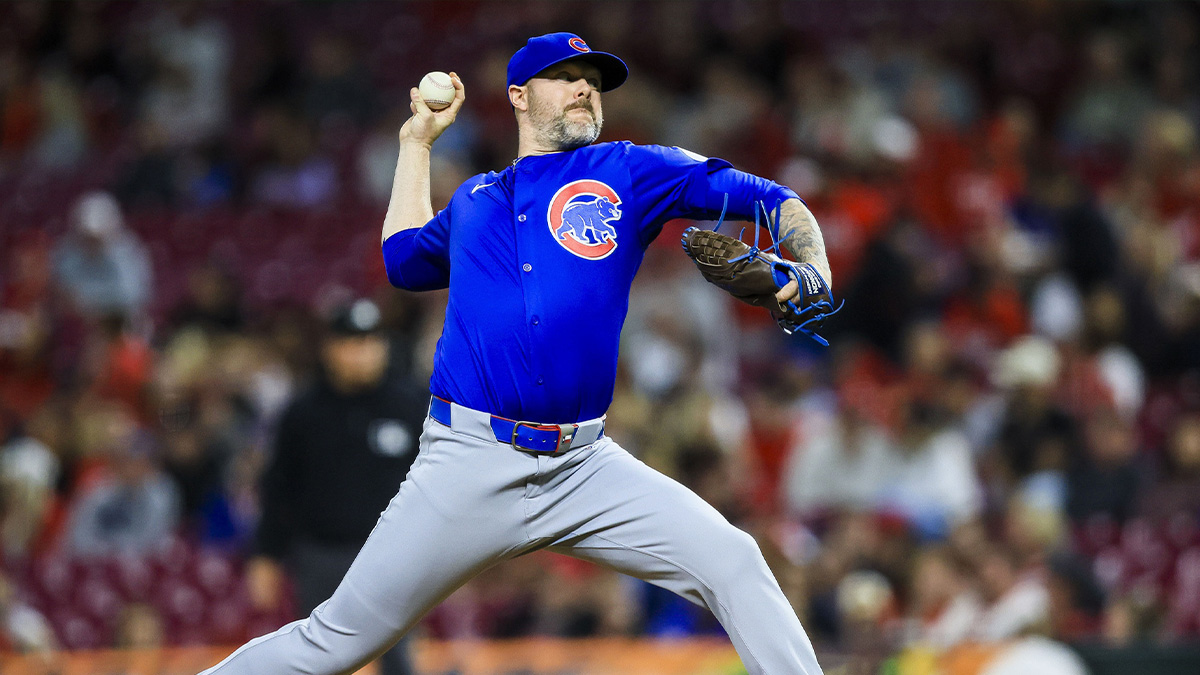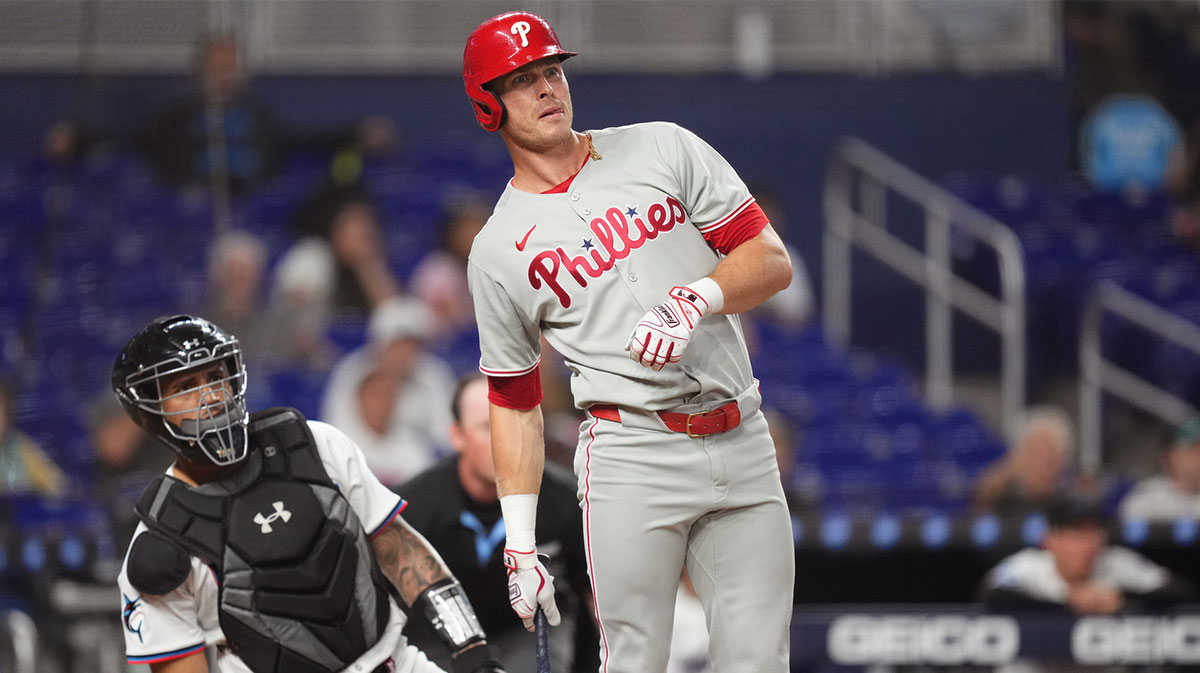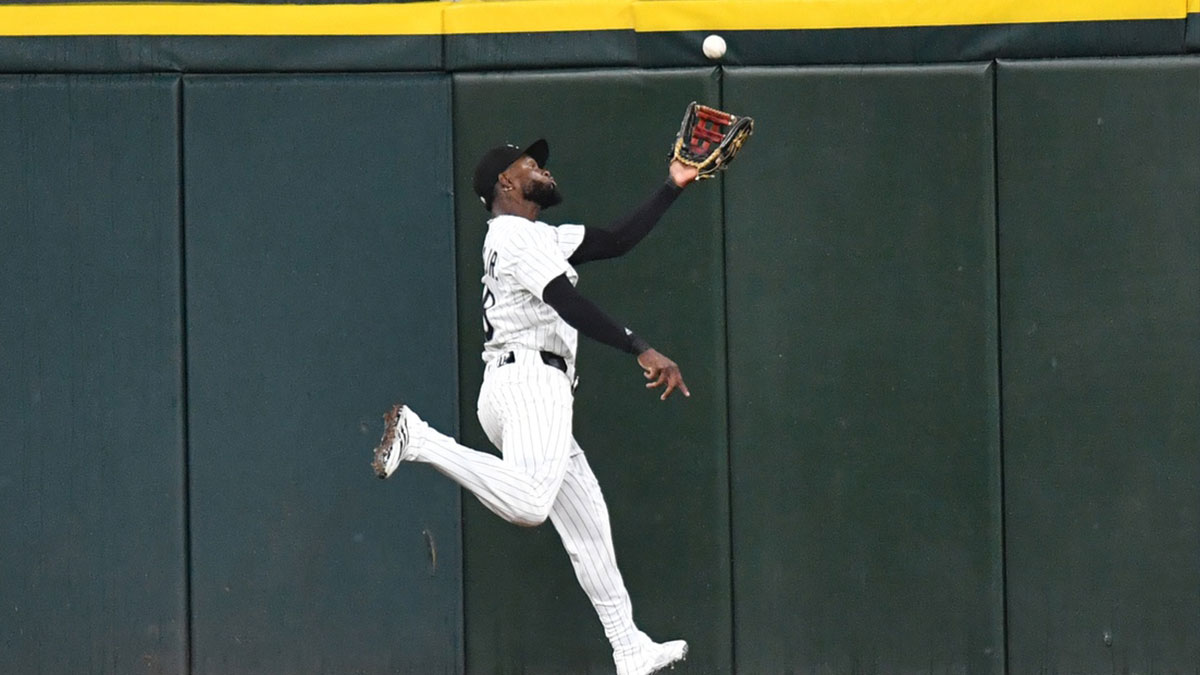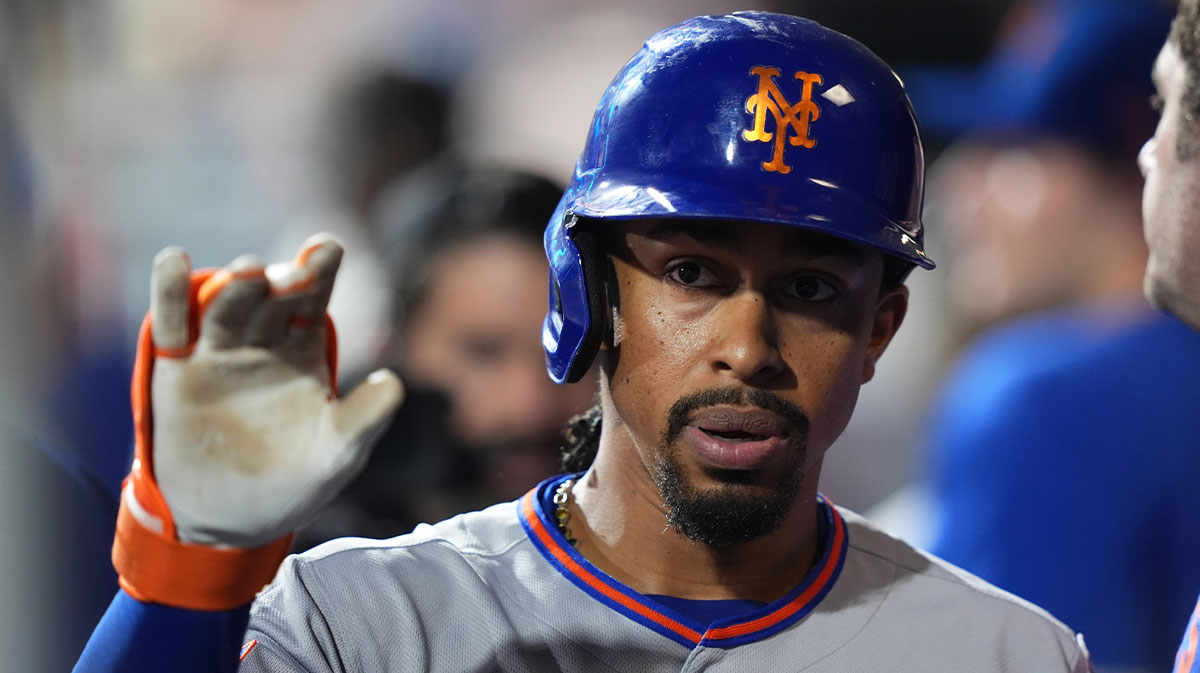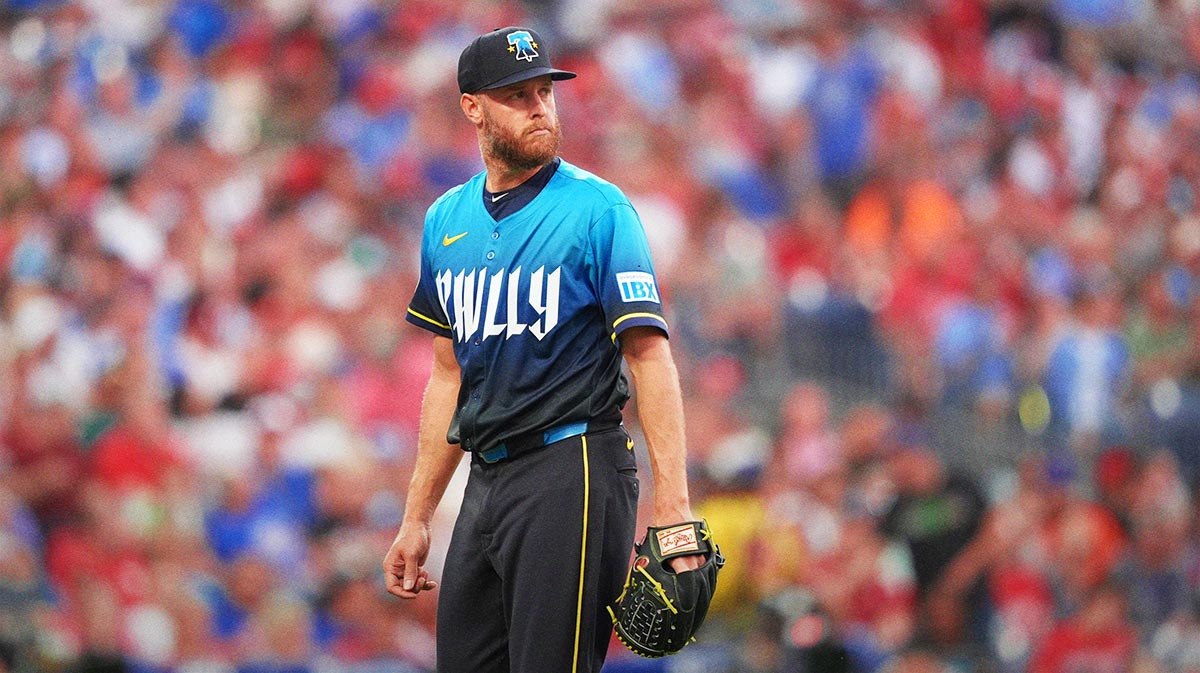The 2018-19 MLB offseason was primarily about one man: Bryce Harper. The former Washington Nationals phenom was about to embark on what was supposed to be one of the wildest bidding wars in league history, and almost certainly was bound for record-breaking dollars in terms of guaranteed money. Harper was all but out of Washington after declining their initial offer, but where would he go?
As it turned out, the process moved along far more slowly than just about anybody in the industry had anticipated. Harper was one of the last major dominoes to fall, heading to the Philadelphia Phillies after signing a 13-year, $330 million dollar deal on the final day of February.
His debut in the City of Brotherly Love was one of the most highly-anticipated moments in years. How long would it take the notorious Philly fans to rain down boos on Harper, and how would he respond to such an atmosphere?
The fans may have jeered him initially, but after five games, Harper had mashed three homers and was hitting .500 with a 1.840 OPS. Torrid starts are nothing new for the 26-year-old from Las Vegas, NV, but to immediately perform for his new club provided the hope that this could be a magical season.
Those same hopes have since turned to concern. Through the first 48 games of the season, Harper was hitting just .224 with 64 strikeouts. While new Phillies additions Jean Segura and J.T. Realmuto have performed to their expectations, and Rhys Hoskins may be galvanized by Harper's presence in the lineup, Harper himself has struggled.
Here are three immediate fixes that Harper must make to turn things around in 2019:
1. Cut down on the strikeouts
In terms of deciphering Harper's struggles, we have to start with the whiffs. As of May 22, Harper was running a strikeout rate above 30 percent, by far the worst margin of his career and nearly nine percent above his career average.
Harper's chase rate is up–albeit slightly–but he is also making contact with pitches out of the zone at a rate nearly 11 percent below his career average. In fact, Harper's contact rate (67.1) is the worst of his career, according to FanGraphs. And when considering that Harper is facing less pitches in the strike zone, his chase rate and accommodating lack of contact on pitches out of the zone is troublesome.
Realistically, Harper is simply missing pitches in the zone as well. His Z-Contact rate is over six percent below his career average, while his swinging strike rate is the highest of his entire career. Why is this happening?
2. Adjust to breaking balls
Harper may simply be pressing, or his swing could be too long. Regardless, he needs to have a different approach in attacking breaking balls.
Harper's whiff percentage on breaking balls is close to 50 percent, according to MLB Statcast. And opposing pitchers are using breakers more frequently in all counts, especially as a put away pitch. Harper traditionally crushes hangers, but he also has a tendency of being overly-aggressive.
It may come at the expense of some slugging points, but Harper probably needs to think about shortening up, especially in two-strike counts. He is so strong and generates so much leverage, he should still be able to spray line drives and have power to all fields even if he is trying to be a little quicker to the ball.
Another factor that is in Harper's favor is that it is still very early in the season, and some hitters just need a couple of months to figure out their timing. After all, Chicago Cubs third baseman Kris Bryant was hitting just .225 a few short weeks ago, but now his average is up over 40 points and his OPS is climbing towards 1.000.
So for Harper, it is time to make some adjustments, and attack fastballs early in the count if he is still having trouble picking up the breaking ball.
3. Think middle-away
This is such an ingrained hitting philosophy, but for Harper it is truly essential. In his 2015 MVP season, nearly 60 percent of Harper's batted balls went to either left or center field… and he hit over .330 with 42 homers.
Compare that to this season, where Harper is pulling the ball to right field nearly 50 percent of the time, and his line drive percentage is down nearly eight percent from 2015.
Especially considering how teams are beginning to shift him, he needs to start hitting the ball the other way more frequently. And the thing is, he already knows that he is at his best when left-center is his true power alley, because he spoke about it in the offseason.
(Bonus): Just relax
Sure, Harper needs to make a few adjustments. He is also very likely just pressing too hard. Contrary to the first half of last year, when his BABIP was unsustainably low, he is mostly having success when he puts the ball in play (.297 BABIP this season).
His average exit velocity of 92.2 is actually the highest of his career, and his barreled and hard-hit percentages are also among the highest of his career.
But Bryce Harper must adjust to this barrage of breaking balls, especially with two strikes, and simply cut down on the strikeouts.

